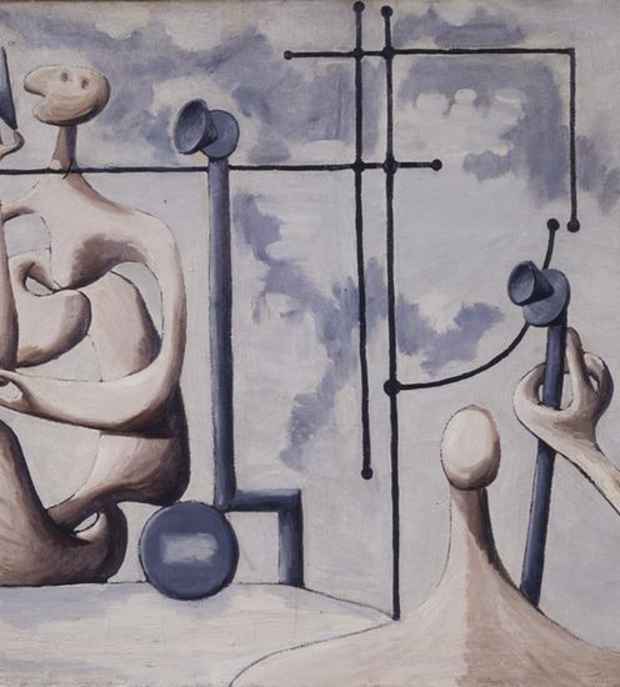“The Lost Generation: Paintings”
Driscoll Babcock Galleries

This event has ended.
DRISCOLL BABCOCK GALLERIES presents The Lost Generation: Paintings, a selection of American works hallmarking the decade of the 1920’s when the United States and Europe were reeling in the aftermath of World War I. Gertrude Stein credited her auto mechanic with the “Lost Generation” moniker and Ernest Hemingway made it stick in The Sun Also Rises. While generally associated with writers, the “Lost Generation” was all encompassing—Americans who came of age during the First World War—some of whom served in the war, all of whom were subject to its upheaval: Marsden Hartley lost a lover and had to abandon Berlin, Alfred Maurer mournfully left his studio and its contents behind in Paris, Charles “Arlie” Kuntz survived trench warfare with a permanently mangled arm –and no one came through unscathed.
The writers wrote, musicians played and painters painted the resignation that inoculated the era between the Great War and the Great Depression. This exhibition includes works by bold and innovative modernists Arthur Dove, Marsden Hartley, Rockwell Kent, Alfred Maurer, Joseph Stella and surprisingly brilliant works by other artists of the era. These works demonstrate the American vanguard’s ongoing confrontation with inherited values that ceased to resonate, and cultural alienation stemming from the unprecedented conflagration of war. While U. S. President Warren Harding called for a “return to normalcy” in 1920, the artists of America and Europe knew “normalcy” was both impossible and intolerable.
The exhibition begins and ends with William Horton’s provocative and summary RAVENS ON THE BALCONY, c. 1930, and includes the shadowy maze of Arthur Dove’s DARK ABSTRACTION, 1920, Joseph Stella’s cabled STUDY OF THE BROOKLYN BRIDGE, 1922, Alfred Maurer’s disjointed ABSTRACT HEAD, c. 1930-32, the entangled yet hopeful telephone lines of Edgar Levy’s FIGURES WITH TELEPHONES (CONVERSATIONS), 1940, and the icy isolation of Rockwell Kent’s SLEDGING, c. 1932-35, in which the artist had escaped to Greenland, where the blazing winds of war did not blow; and finally to Milton Avery’s striking and bucolic PINK SKY, 1944 which is somehow reassuring in the midst of yet another great conflict, and the disintegration of the “The Lost Generation.”
Media
Schedule
from March 11, 2016 to April 23, 2016